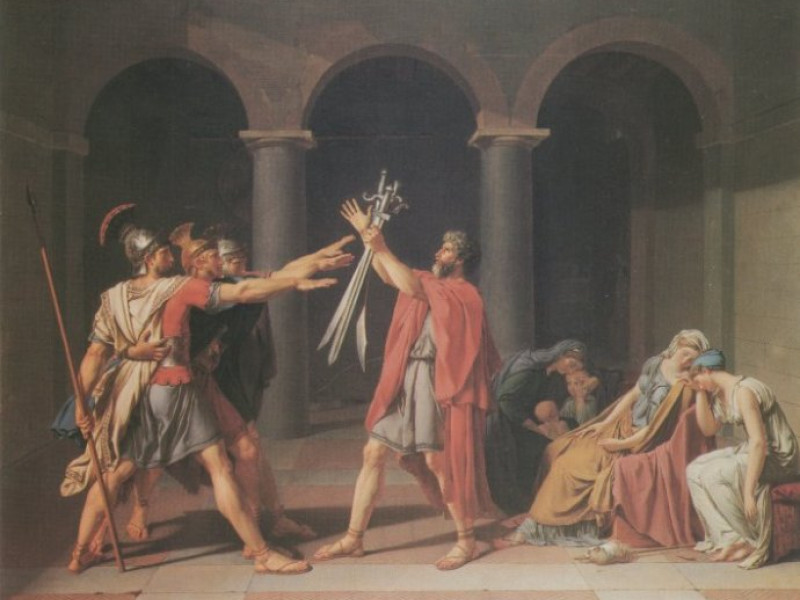Etruria
The people who spoke the extinct Etruscan language were called Etruscans by the Romans, but Tyrrhenians or Tyrrenians by the Greeks. The sea was named after the Etruscans - the Tyrrhenian Sea. Their land was called Etruria, a region that comprised of all of modern Tuscany and part of Lazio north of Rome and the Tiber river, all the way north to Liguria. However, their empire in the 6th century BC extended past Latium, to the south as far as Capua in Campania, a city founded by the Etruscans. Historically, the last three kings of Rome were of Etruscan descent. (See Tales of Rome).
The Etruscans were teachers of Rome in engineering skills, such as the walls erected around the Capitoline hill and the construction of the sewer known as Cloaca Maxima. Rome was also indebted to the Etruscans because the Latin alphabet owes much to the Etruscan alphabet; many of the Latin letters were recognisably Etruscan; Rome adopted 21 out of the 23 Etruscan letters.
According to Virgil's Aeneid, the Etruscans existed in the time of Aeneas, and most likely before his time. The Etruscans banished their king, Mezentius, because of his oppressive rule, so the exiled king became an ally of Turnus, king of the Rutulians. Mezentius died at the end of Aeneas' sword. Because of the hostility towards their former king, the Etruscans became Aeneas' biggest ally instead of Turnus. The Etruscans were under the leadership of Tarchon, who seemed to be more of a chieftain than a king.
Related Information
Name
Etruria;
Tuscany (modern).
Rulers
Mezentius.
By Jimmy Joe



